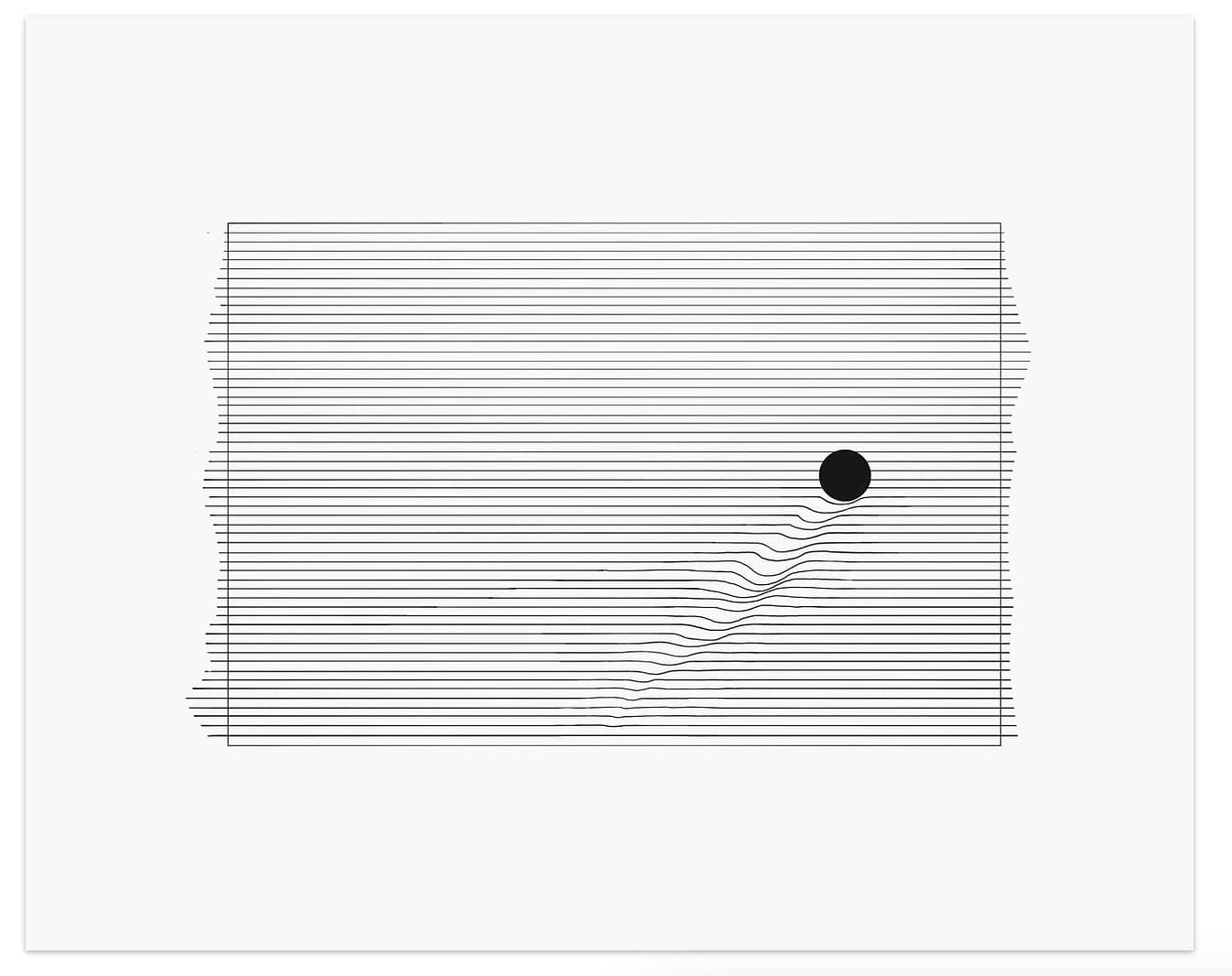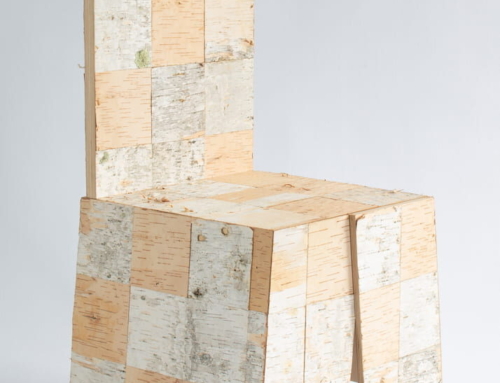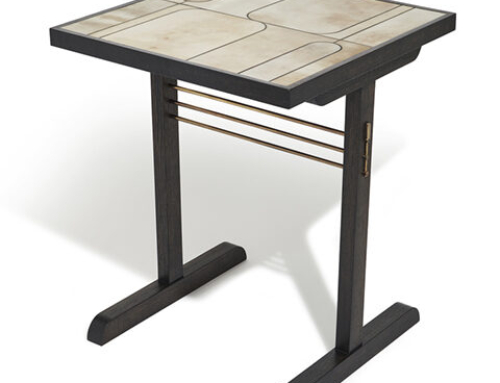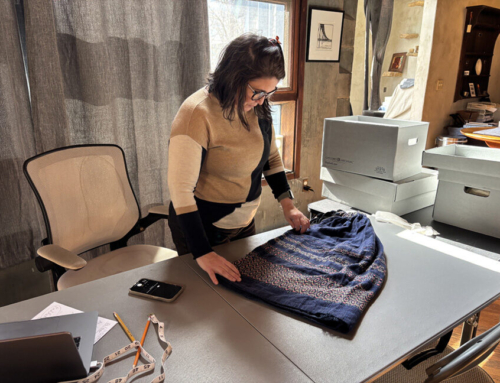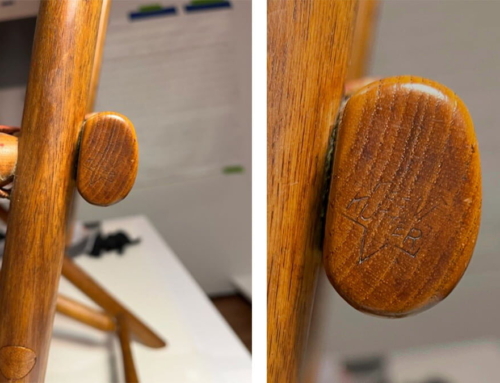WEM’s 30th Annual Juried Woodworking Exhibition, Rhythms is open through the September 8th. For this exhibition, we invited artists to share works that explore the rhythms that shape their lives, both creative and personal. Artists expressed and reacted to this prompt in completely different ways and the result has made for a unique, intriguing, and diverse collection of work. The virtual exhibition features the incredible works of 25 selected artists and we wanted to take a deeper dive into the pieces, practice, and background of the top three prizewinning artists. This month, we’re excited to share the chat we had with Chelsea Witt, the first place prizewinner in the Rhythms exhibition!
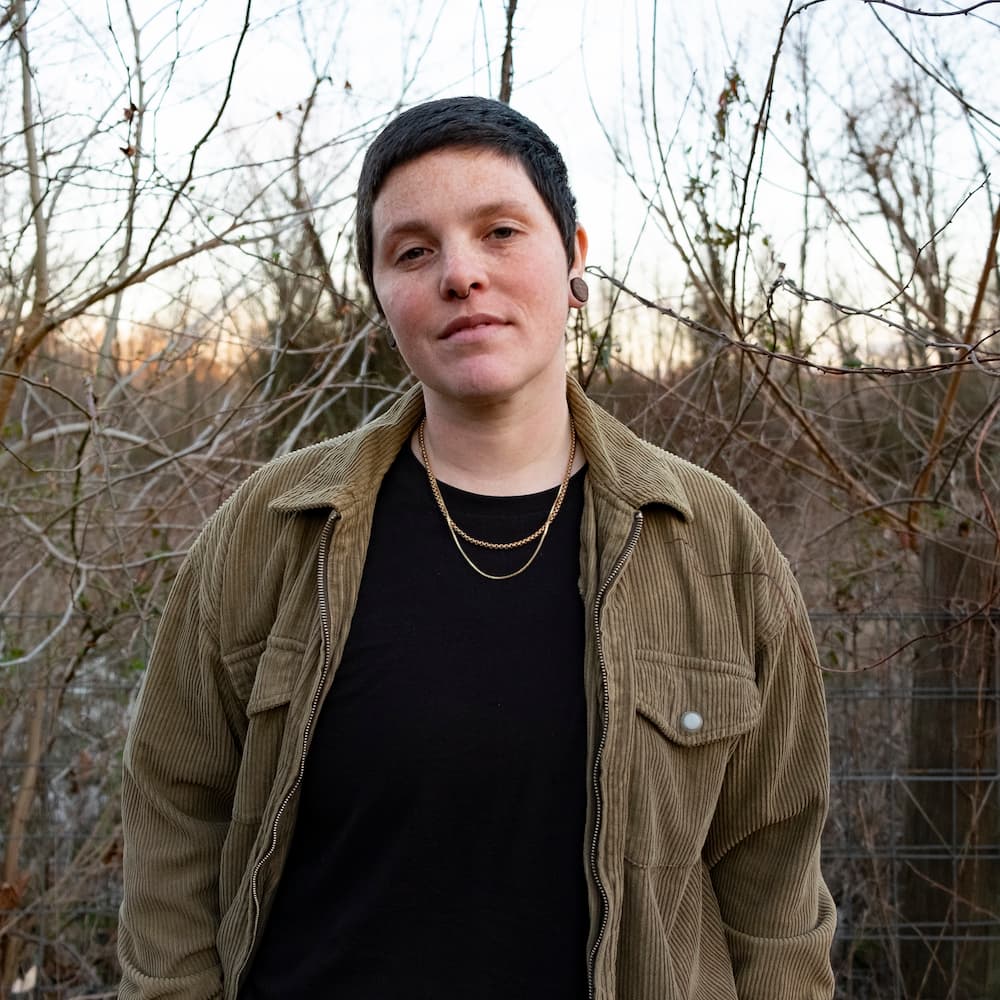
Can you give us an overview of your pieces Conflict Can Amplify Love and Reaction and what you were thinking as you made each of them?
The Reaction bench came from a time period of experimenting with melding my drawing and furniture practice. I have had both for the longest time but have not seen them as cohesive projects. While making Reaction I wanted to implement the patterns of my drawings into the surface of this bench project that I was already making. There were a lot of happy accidents; such as the felt strips creating a ripple effect in the vertical direction which I did not predict would happen. Conflict Can Amplify Love is a result of going the opposite direction and bring my woodworking practice into my illustration work. I have for many years now had digital prints made of my ink drawing and in the last year have started dabbling in the wood block carving realm. This piece is the first large scale print that I have made and been printing myself.
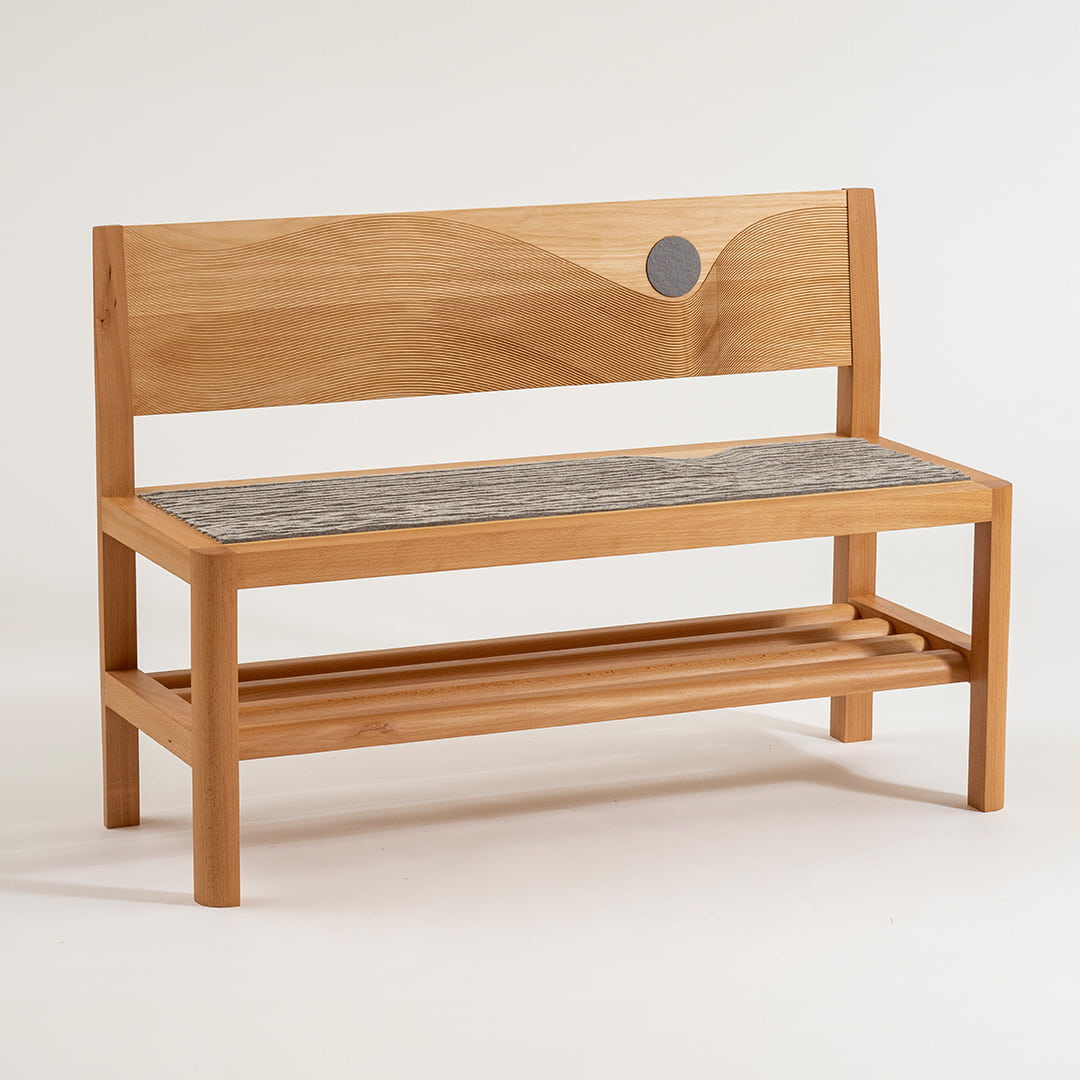 Reaction, 2021. Beech, felt, 48″ x 16 3/4″ x 30″. Photography by Mark Juliana.
Reaction, 2021. Beech, felt, 48″ x 16 3/4″ x 30″. Photography by Mark Juliana.
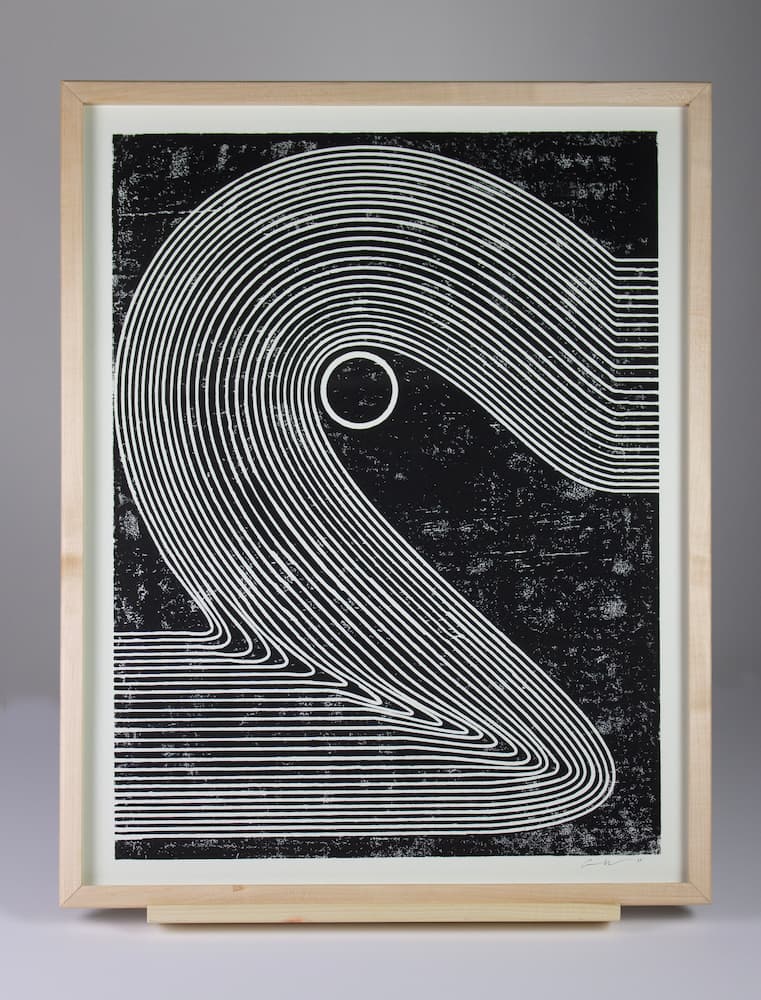 Conflict Can Amplify Love, 2023. Ink, maple, 25″ x 28″.
Conflict Can Amplify Love, 2023. Ink, maple, 25″ x 28″.
Tell us a bit more about your background. What brought you to creating art in general, and to working with wood in particular?
I have always gravitated toward art and craft in some sort of way in life. My mom tells often of Craft American cheese single sculptures around the house I’d create as a child. I am influenced heavily by the blue collar skills that I saw around me in my life: pool building, tree cutting, auto mobile work. Both material and shapes have always been on the fore front of my mind. Since I was young I would doodle on any surface in front of me, turning every day objects into rudimentary shapes, trying to break them down into a more palatable visual for my brain. In college I started with drawing/painting but quickly shifted to wood once I tried a sculpture class. It made sense to me and allowed me to play in the 3 dimensional world in ways that my 2D work didn’t. It also was reminiscent of the more tangible work that I saw growing up. Furniture making was appealing to me because it felt art based but purpose-full.
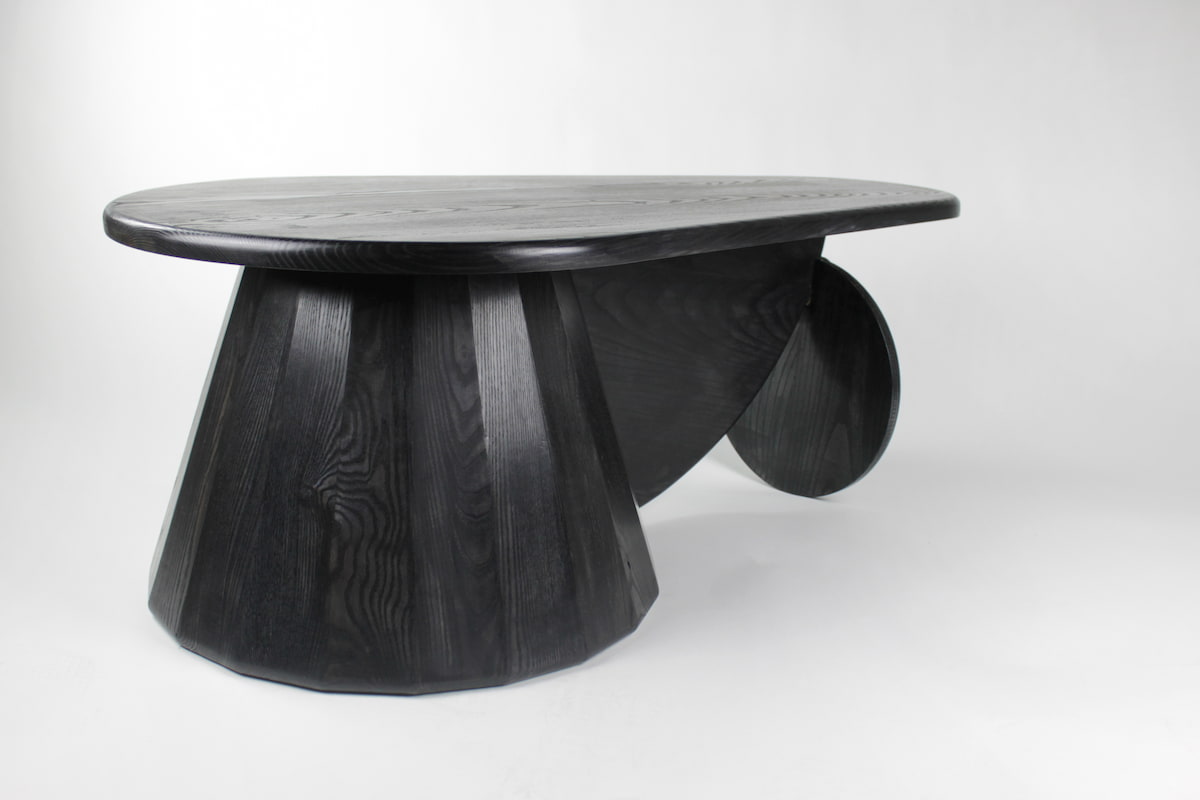 Coffee Stained, 2022. Ash, India ink. 15” x 22” x 40”
Coffee Stained, 2022. Ash, India ink. 15” x 22” x 40”
When did you first learn about Wharton Esherick? What about his work did you find interesting or inspiring? If you’ve been to the Studio, do you have a favorite room or piece?
When getting into the furniture world it’s difficult to not hear about Wharton Esherick. I’ve always been inspired by makers whose work spills over into their everyday life: their homes, their land, their friends. It feels more like the work is who he is, instead of the work just being something that he can do/create. I am intrigued by his ability to balance between block prints, furniture, buildings, and even the environment around him. My favorite room in the house is the kitchen/dining room. His thoughtfulness of the material- leaving the machine marks on the ceiling boards is genius. It not only could be an aesthetic choice, but also practical, no one is walking on the ceiling, no need to take the time to get the machine marks out. The iconic swinging lamps, the cutting board that fits over the sink, the table shape to fit the space- it all just is so great.
My print designs are very much inspired by and apart of my own meditation process. The designs of my prints are the outcome of processing emotions through a physical act. My furniture work however has always been more of an external topic of conversation: making work for others, creating work to practice and learn techniques that I could teach to others, being inspired by process and building community. I rarely found myself integrating the free flow nature of my drawings into my furniture designs. My prints were more of a personal practice and my furniture was a practice meant for sharing. It wasn’t until the summer of 2020, when I was without a shop to do woodworking, that I started seeing furniture designs within my drawings or wanting to incorporate the two together. I’m sure a part of it was also everyone during that time was wearing their vulnerability on their sleeves and it felt safer to share the more personal aspects of my creative process.
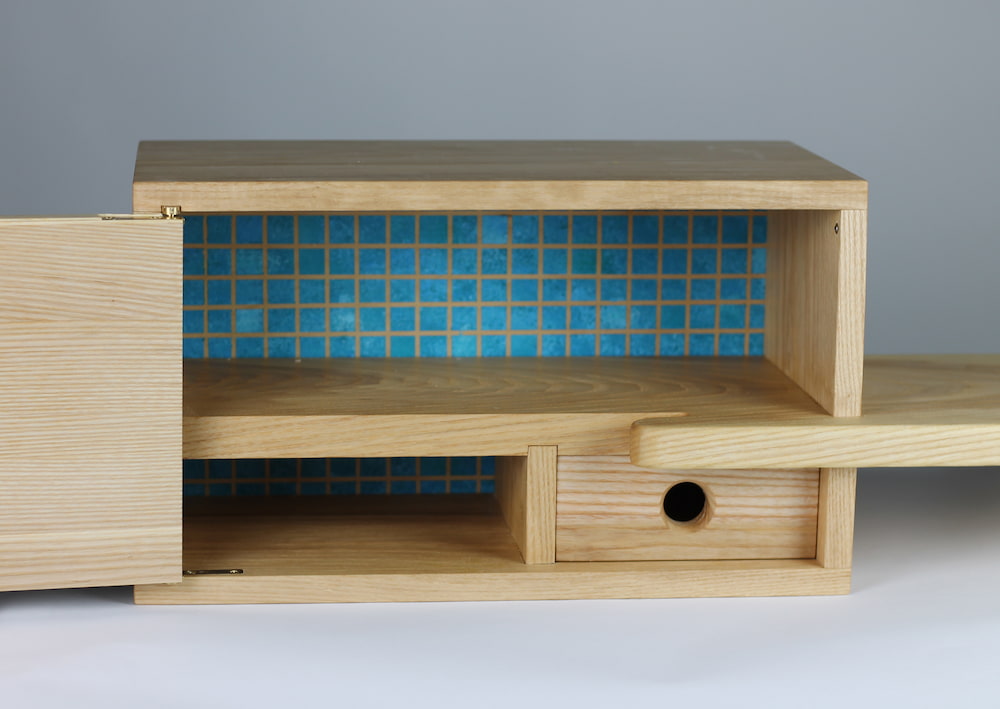 The Diving Board, 2023. Ash. 9.5” x 32” x 8”
The Diving Board, 2023. Ash. 9.5” x 32” x 8”
I find myself sketching a lot. Sometimes it’s just when I’m needing to fidget and release energy and sometimes it is methodical and intentional. I draw a lot of repeating lines, watching how they shift and change over the space of the area. I often think about my own or other’s experiences in life that have moved them, altered them in some way and then turn that into a pattern. The energy of moments in life create ripple effects: Some big that have dramatic movements and some small that can only be seen when you step back. My woodworking I’ve come to realize is similar. Every act leads to some sort of destination, some outcome that can’t happen without the moments before it. The design itself is what I hope for but the building process really determines what the visual aesthetics will be. I do a lot of process that is repeated acts to accomplish the feeling that my drawings also bring.
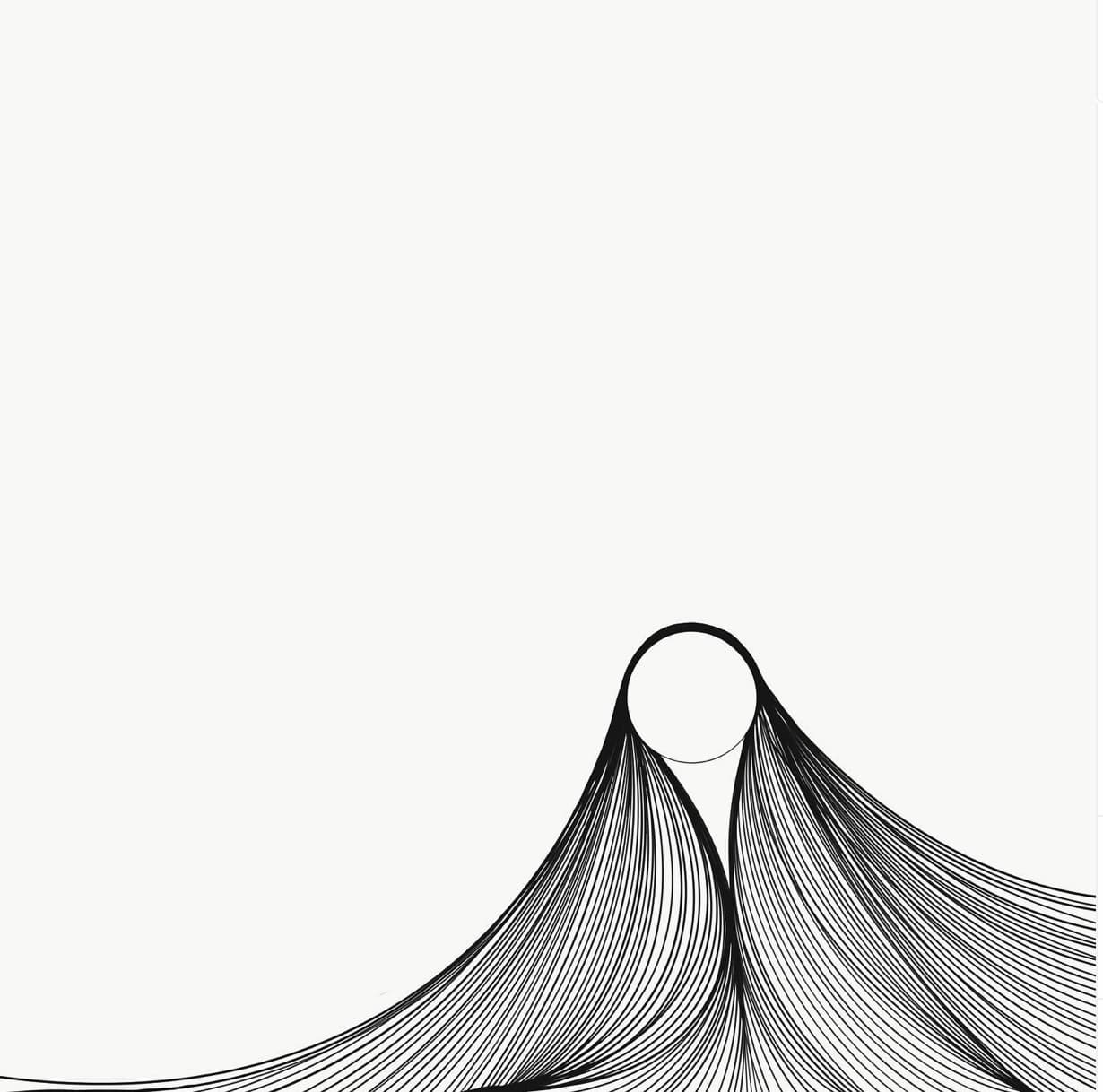
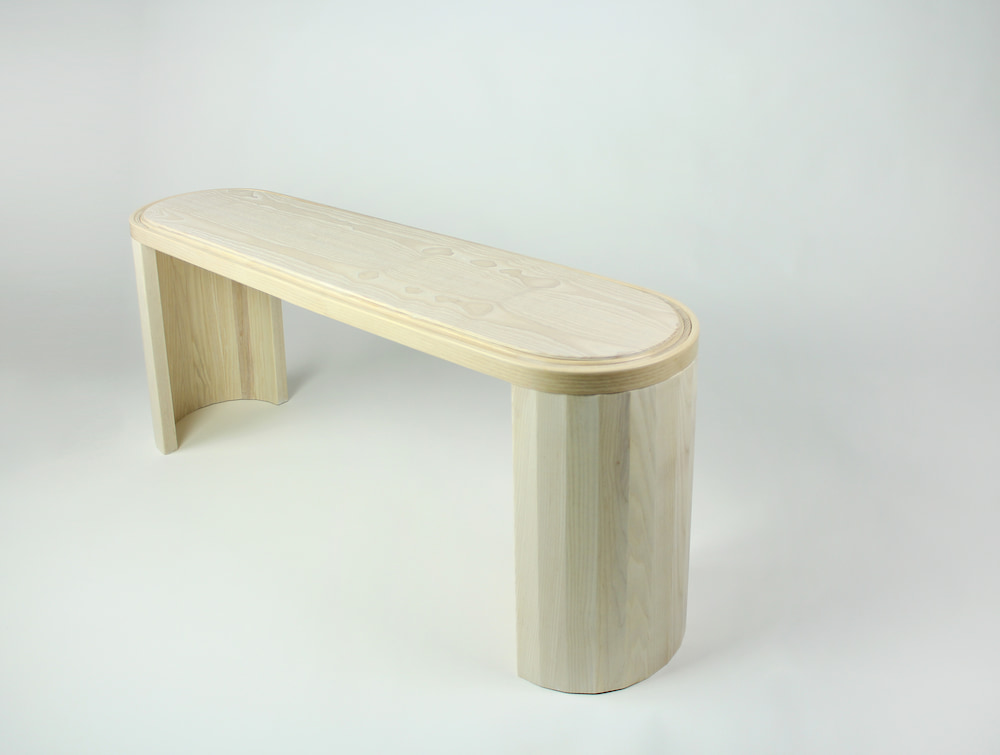 Cleer, 2022. Ash.
Cleer, 2022. Ash.
My first love is education, I am passionate about sharing the skills that I’ve learned with other’s hoping to open space for people to be able to express themselves through wood. I regularly post new classes and look forward to traveling to many schools to teach. I also am taking some time in the next year to focus on a potential illustration and furniture combined solo show and is something I’ve been dreaming of since I have started to meld my 2 practices.
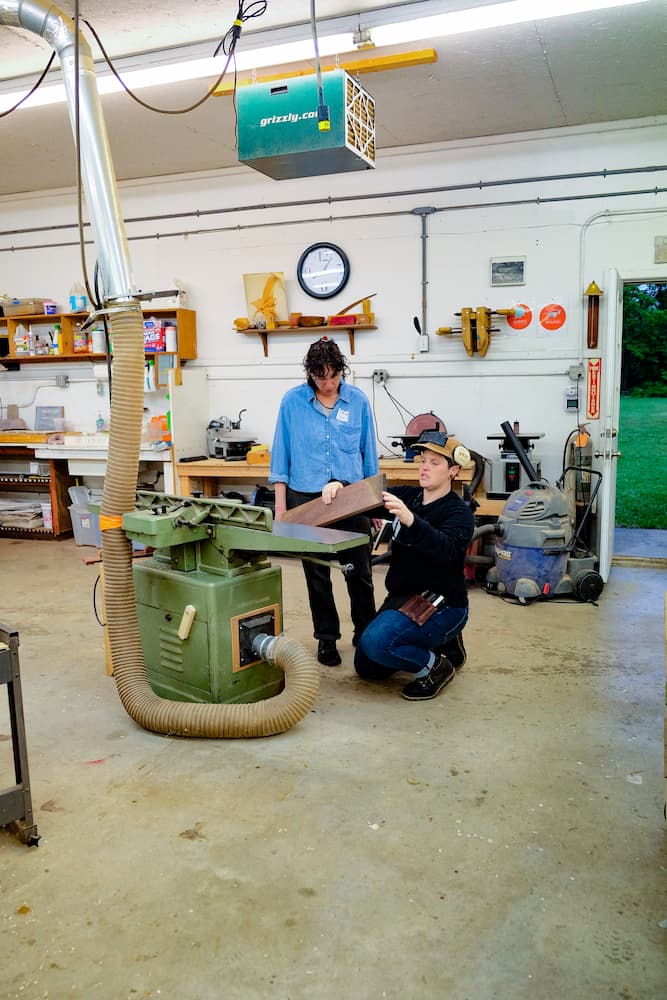 Chelsea teaching at Peter’s Valley School School of Craft
Chelsea teaching at Peter’s Valley School School of Craft
» Visit Rhythms: WEM’s 30th Annual Juried Woodworking Exhibition online
» Learn and see more of Chelsea Witt’s work on their website
Post written by Larissa Huff, Communications and Social Media Manager
July 2024

